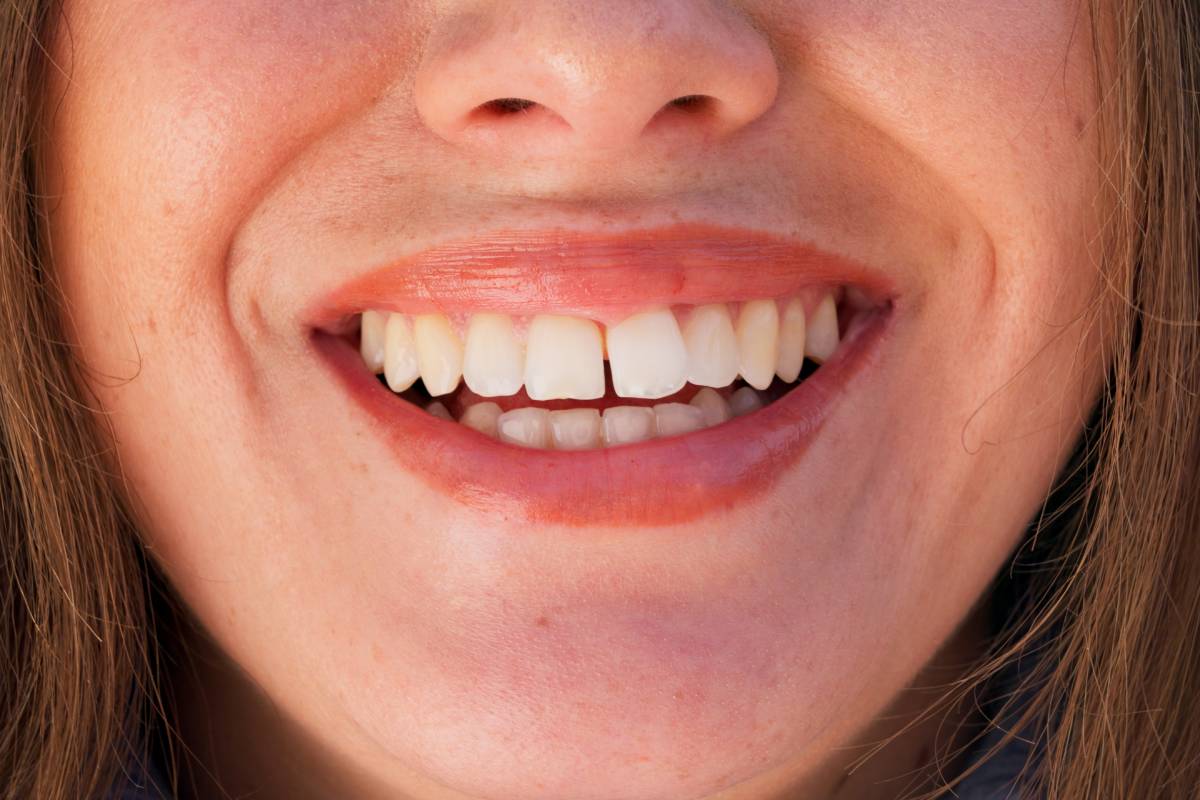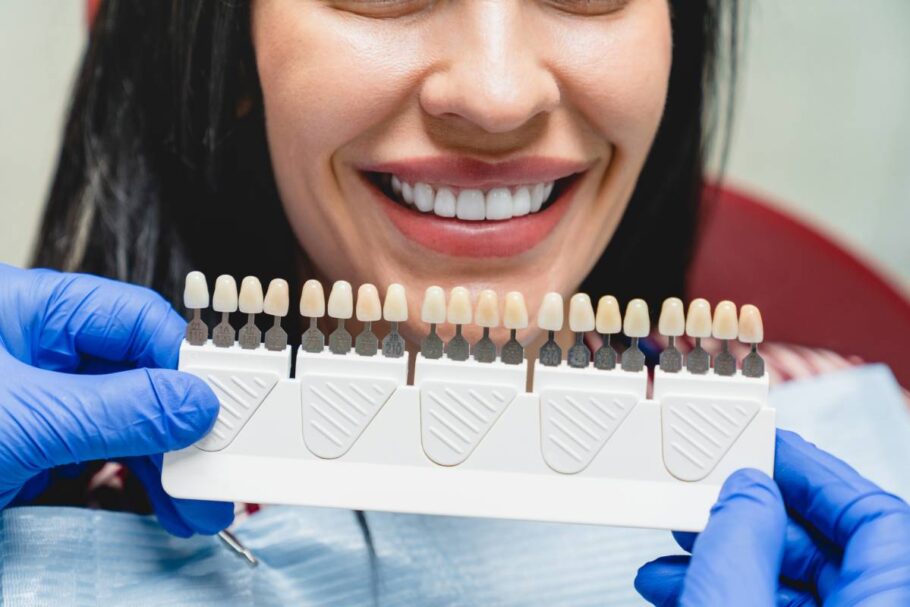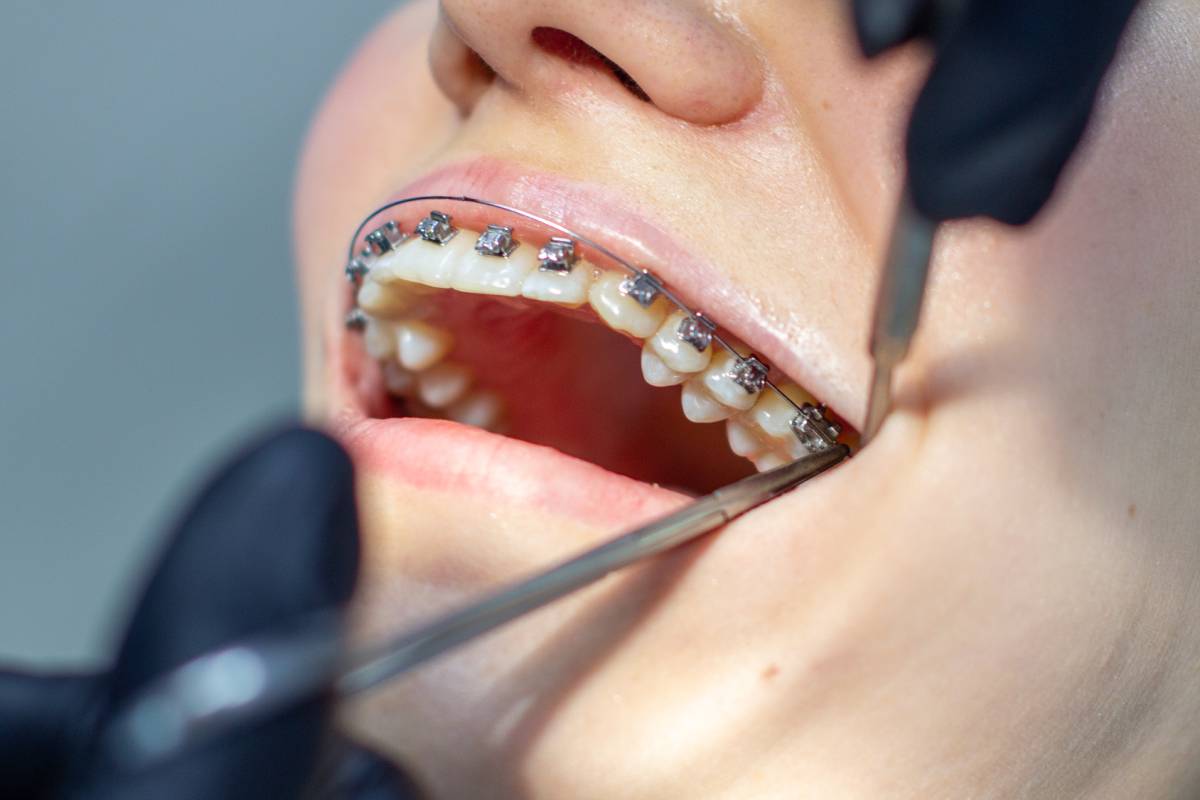Causes of gaps between teeth and comparison of braces and veneers: braces move teeth for fix, veneers quickly cover gaps cosmetically.
Many people have gaps between their teeth, which can happen for different reasons like how their teeth grew or habits like thumb sucking.
These gaps can affect how a person feels about their smile and sometimes cause problems with chewing or speaking. Having gaps might lower confidence and affect daily life.
Two common ways to fix gaps are braces and composite veneers. Both can help, but they work in different ways.
This article will explain what causes gaps, how braces and veneers work, and which one might be better for you.
Tracking My Phone Secretly? The Hidden Dangers to Privacy
Leg Training: Boost Metabolism for Fat Loss & Muscle Growth
Is Seasonal Shedding in Cats Normal? Effective Management Tip
What Causes Gaps Between Teeth?

Braces for Gaps
Advantages:
- They fix teeth permanently by realigning them naturally.
- Braces also improve bite and chewing function, which helps overall dental health.
- They are effective for large or multiple gaps, as well as more complex cases.
- Different types of braces are available, including metal, ceramic, or clear options for discretion.
Things to think about:
- Treatment can take several months to a few years, depending on the case.
- Braces require good oral hygiene to prevent cavities and gum problems.
- The cost can be higher than other options, but results are long-lasting.
- Metal braces are very visible, while clear aligners offer a more subtle look.
What Are Composite Veneers?

How they work:
- The dentist applies resin material to the teeth and carefully shapes it to cover gaps.
- A special light hardens the resin to make it strong and durable.
- Finally, the surface is polished to look smooth and natural.
Benefits:
- Results are fast, often completed in just one visit.
- Little or no tooth removal is needed, making the process minimally invasive.
- Composite veneers cost less than porcelain veneers or braces.
- They can be repaired or replaced easily if damaged.
- Besides gaps, they can improve tooth color and shape at the same time.
Do Veneers Fix Gaps?
Yes, composite veneers can close gaps, but only as a surface-level cosmetic fix. They don’t move teeth or correct bite issues; instead, they mask gaps by adding material to the tooth surface, making the space less visible.
Good for:
- Small to moderate gaps that don’t affect bite or function.
- Teeth that are already fairly well aligned but need a cosmetic touch-up.
Not for:
- Fixing larger gaps or those caused by severe misalignment.
- Patients who need functional correction along with cosmetic improvement.
Maintenance:
- Composite veneers can chip or stain over time, requiring occasional touch-ups.
- They typically last 5-7 years with proper care but are not as durable as porcelain.
Braces vs. Composite Veneers: Which Is Better?
Braces and composite veneers are two ways to improve your smile, but they work differently. Braces straighten teeth and fix bite problems over time. They take longer, need regular dentist visits, but give lasting, natural results.
Composite veneers cover stains, chips, and small gaps quickly. They work fast and cost less but don’t fix bite or alignment and may need replacing sooner. Choose braces if you want to fix tooth alignment and bite for health. Choose veneers if you want a quick cosmetic fix for small issues.
When to Choose Braces
- You want a natural and permanent fix for your teeth.
- You have large gaps or multiple spaces to close.
- You want to improve your bite and overall oral health.
- You are prepared for a longer treatment period with regular dental visits.
When to Choose Composite Veneers
- You want a quick and effective cosmetic improvement.
- Your gaps are small and don’t affect your bite or chewing.
- You also want to improve the shape or color of your teeth.
- You prefer a minimally invasive and less expensive treatment.
- You want to see results within one or two dental appointments.
Other Options
Besides braces and composite veneers, there are other choices like porcelain veneers which are stronger and last longer but cost more.
Dental bonding is similar to composite veneers but generally less durable. Clear aligners offer an invisible way to move teeth, while crowns are used for damaged teeth or more serious repairs.
Conclusion
Braces and composite veneers both can help close gaps but do it in very different ways. Braces move your teeth to fix gaps permanently and improve bite function. Composite veneers cover gaps quickly and improve appearance, but don’t fix alignment or bite issues.
The best choice depends on your specific dental needs, goals, budget, and how quickly you want results. Consulting with a dental professional will help you decide.
If you want a natural, long-lasting fix and don’t mind a longer treatment, braces are usually best. If you want a fast, cosmetic improvement without major tooth movement, composite veneers can be a great option. Either way, closing gaps will help improve your smile and boost your confidence.






